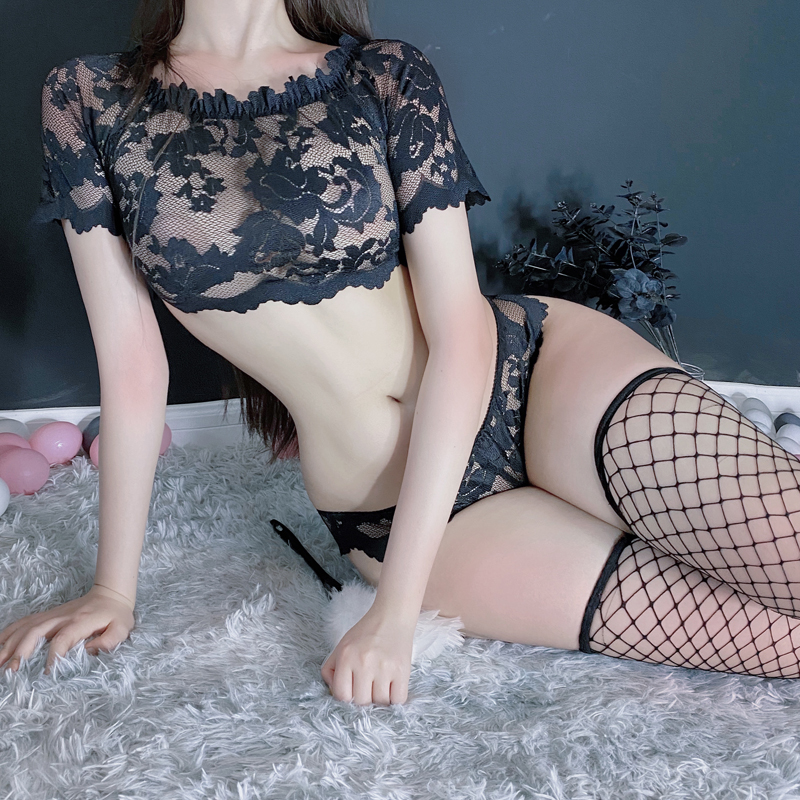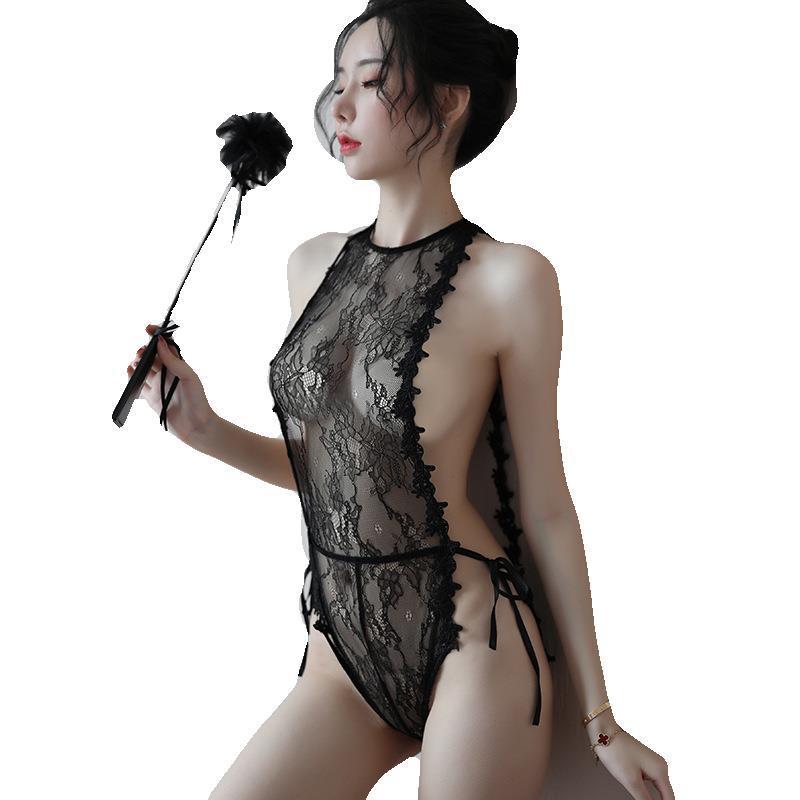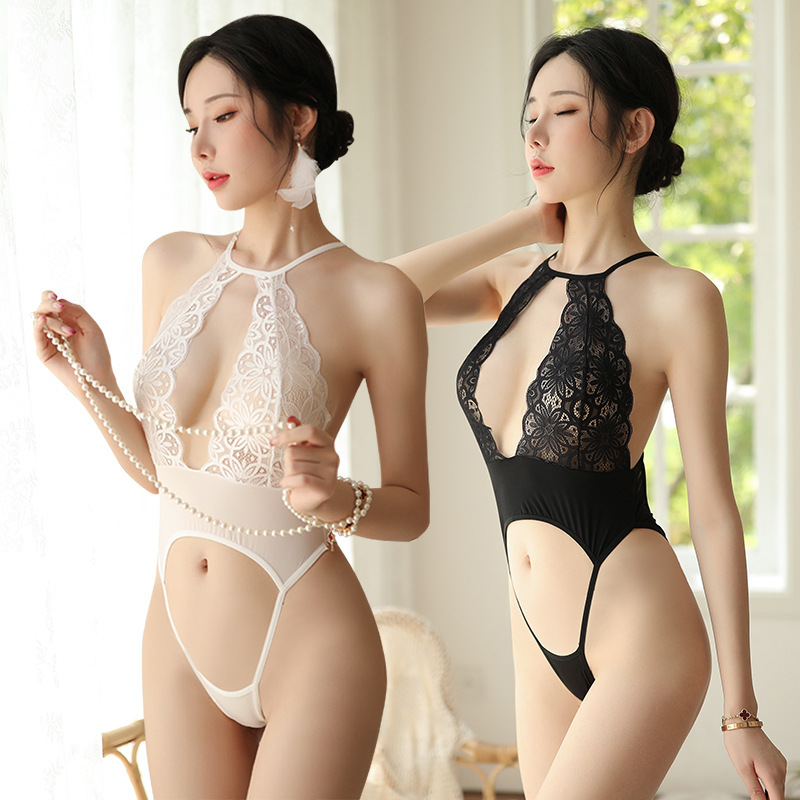News
The Allegory of Lace: The Modern Language of Love Behind Intimate Apparel
Beneath the soft glow of ambient lighting, a black lace lingerie set rests upon silk sheets—its very presence a silent manifesto. It speaks of desire, selfhood, and the redefined expressions of intimacy in our contemporary era. No longer merely a clandestine prop for the bedroom, intimate apparel has transformed into a powerful medium for modern individuals exploring bodily autonomy and erotic liberation. 

The history of lingerie is, in essence, an evolution of human desire. From the corsets of medieval European noblewomen to the seductive negligees worn by Marilyn Monroe in the 20th century, down to today’s endlessly innovative designs, every stitch and seam chronicles society’s shifting attitudes toward sensuality. Modern intimate wear has shattered the one-dimensional notion of "pleasing men," emerging instead as a bold declaration of female empowerment. When a cosmopolitan woman selects a piece that quickens her pulse in a boutique, she is, first and foremost, indulging her own aesthetic and desires. 

Contemporary lingerie design dazzles with its breathtaking diversity. Vintage-inspired corsets and garter belts coexist with futuristic PVC creations; sheer chiffon teases the imagination, while daring cut-out designs make an avant-garde statement. Each piece articulates a distinct dialect of desire. Designers deftly employ color psychology—red embodies passion, black whispers mystery, soft pink exudes innocence, and purple hints at seduction. These are no longer mere garments but wearable art, vessels of complex emotion. 

In the relentless tempo of urban life, intimate apparel serves as an elixir for relationships. Psychological studies confirm that introducing novelty between partners significantly enhances satisfaction. A carefully chosen lingerie set can be the magic key that disrupts the monotony of routine intimacy. More crucially, it allows the wearer to rediscover their body’s beauty—before the mirror, one sees not just lace-adorned skin, but the sensual self too often obscured by daily mundanity.
Lingerie culture is undergoing unprecedented normalization. With the rise of body-positive movements, society increasingly recognizes that sexual pleasure is not shameful, but integral to wellbeing. Soaring e-commerce sales reflect millions embracing their desires with confidence. This shift heralds a more open, pluralistic erotic ethos—one where individuals freely explore their unique pleasure codes. 

That black lace ensemble will soon be warmed by body heat. Yet beyond its intricate embroidery lies a grander modern narrative: how we navigate desire and morality, not as slaves to either, but as architects of our own equilibrium—and joy.






